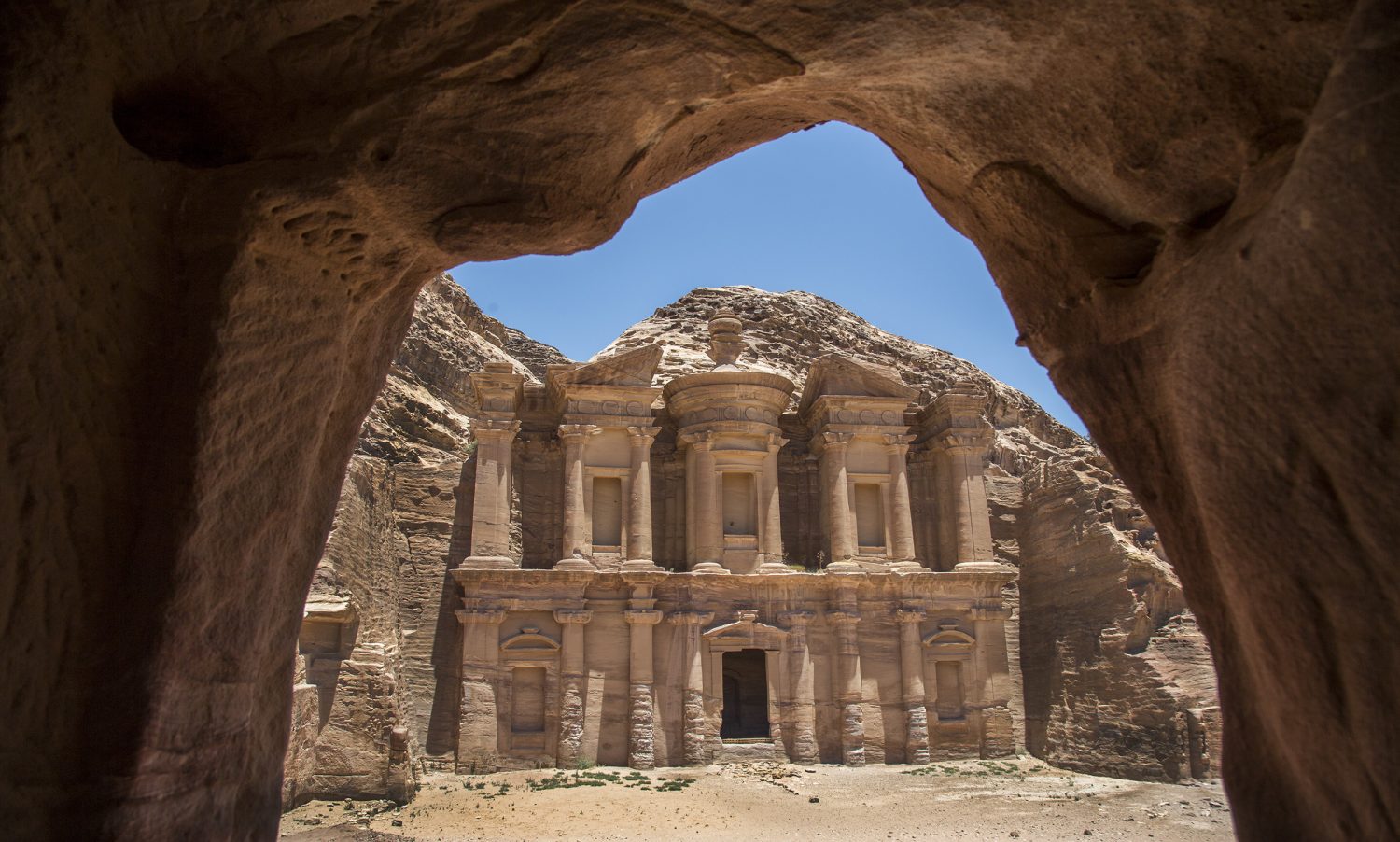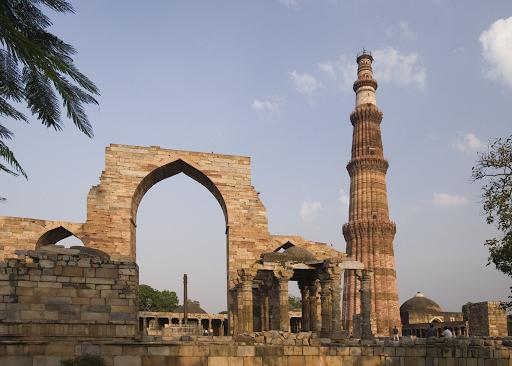Nestled within southern Jordan lies the dramatic desert valley of Wadi Rum, one of the most spectacular landscapes in the Middle East. With its burnt orange and red sandstone cliffs towering over white sand, Wadi Rum offers unparalleled vistas around each bend. This diverse desert is also infused with rich human history and Bedouin culture.
The Natural Beauty of Wadi Rum
Wadi Rum's diverse desert terrain comprises not only sand dunes, but also natural rock bridges, canyons, and weathered granite rock formations that astound at every vista. The sharpest rays of sunlight illuminate the valley amid a Martian-like backdrop. Herds of camels are often seen wandering by the orange sands with their Bedouin owners, adding motion to the age-old landscape. The clear night skies also allow stunning star gazing opportunities.
Rich Human Heritage
This desert valley contains rock drawings, inscriptions and archaeological sites that date back to prehistoric times. Artifacts show Wadi Rum was traversed by the Nabateans. Later civilizations like the Romans influenced early settlements. Wadi Rum even became the base of Lawrence of Arabia during the Arab Revolt against the Ottoman Empire in 1917-18.
Authentic Bedouin Culture
Wadi Rum has been home to Bedouin tribes for centuries. Living in goat hair tents, they have survived the desert through their hospitality, story-telling traditions and knowledge of the landscape. Visitors can experience authentic Bedouin culture by staying overnight in one of their camps to witness music, dance, food under the milky way stars.
Top Attractions in Wadi Rum
The highlights and must-see attractions within Wadi Rum include:
- Jebel Um Ishrin - Ascend Jordan's tallest peak for phenomenal views
- Lawrence's Spring - See petrogylphs near the watering hole used by Lawrence of Arabia
- Khazali Canyon - A dramatic and narrow siq you can hike through
- Burdah Rock Bridge - An iconic natural rock arch rising massively from the sands
- Lawrence's House - Where Lawrence based his operations in 1917 now containing displays
Make time when in Jordan to lose yourself in "The Valley of the Moon" - the desert jewel of Wadi Rum awaits with endless beauty and adventure.
Beauty of Wadi Rum
These images are source from Bing.
- Ad Deir monument in Petra, Jordan

- Facade of Al-Khazneh in Petra, Jordan
- Petra, Jordan
- Wadi Rum, Jordan
- Amman, Jordan
- Wadi Rum ('The Valley of the Moon') in Jordan
- Ancient ruins in Petra, Jordan


















